Seventeen days after the Japanese attack on Pearl Harbor, Bing Crosby made the first live radio performance of a new song called “White Christmas.” Crosby’s unforgettable voice, singing what would become one of the most iconic Christmas songs ever written, went almost unnoticed in the flurry of activity around the United States’s violent entry to World War II. The song had been created by the prolific songwriter Irving Berlin in January 1940. Its nostalgic view of an ideal snowy northeastern Christmas had to wait until the August 1942 release of the movie Holiday Inn before its popularity could take off. Within a month of the film’s premiere, sheet music and record sales grew at an ever increasing pace, propelling “White Christmas” to the top of the Hit Parade music chart for 10 weeks beginning in November 1942. From that point on, “White Christmas” became an instant classic and one of the most patriotic songs of World War II.
How did a secular Christmas song written by a Jewish Russian immigrant become one of the most important wartime songs? It had to do with the timing of its release and the type of emotion that the song evoked. “White Christmas” does not mention war, does not mention production or contributing to a great effort, it is just a simple personal reflection about a single holiday and one’s longing for it. The nostalgic and introspective lyrics struck a chord that exemplified the national mood at the time. The desire to be home for Christmas was a feeling that was amplified by the war. Millions were entering military service and were separated from home for the first time at Christmas. Even if they lived in Texas where a white Christmas was rare, this song made them homesick. Although the common thread of nostalgia and longing to be home for Christmas was the element that bound the millions who listened to and were affected by “White Christmas,” each individual’s reason for their connection is different. For far too many, their last white Christmas fell between the years 1941 to 1945.
In 1943, Donna Ray Moore went to the local music shop with her uncle, Neal K. Moore. Moore, a technical sergeant in the 33rd Armored Regiment, 3rd Armored Division, was home in Dennison, Texas, for his last leave before his unit shipped out to Europe. Donna remembers going to the store and purchasing the sheet music for “White Christmas.” She and her uncle then brought the music to church where they performed the song.
-

Neal Moore poses with his mother, father, and little Donna Ray Moore in front of the San Jacinto Monument in Texas. Gift In Memory of Neal and Ernest Moore, 2017.380.
-

Neal Moore operates a radio during training in the United States. Gift In Memory of Neal and Ernest Moore, 2017.380.
-

Neal Moore wrote his last letter home on December 12, 1944, from a recovery ward in England. Two days later the letter still had not cleared Army inspectors, but Moore was on his way back to the 33rd Armored Regiment. Gift In Memory of Neal and Ernest Moore, 2017.380.
-

Ernest Moore sent this letter to Neal Moore in early December 1944. The letter would not arrive at the hospital until after Neal was sent back to his unit. The letter is covered with notes and stamps from its journey before it was finally determined that the recipient was deceased. Gift In Memory of Neal and Ernest Moore, 2017.380.
-

This Western Union Telegram brought the news that Neal K. Moore had been killed in action in Belgium on January 12, 1945. It notes that he had returned to duty after recovering from his wounds only a month before being killed. Gift In Memory of Neal and Ernest Moore, 2017.380.
-

Donna and Neal Moore purchased this copy of “White Christmas” at a local store before performing it at their church. It was the last time that Donna was able to spend time with Neal before his unit was shipped out. Gift In Memory of Neal and Ernest Moore, 2017.380.
In September 1943, the 33rd Armored Regiment was shipped with the rest of the 3rd Armored Division to England in preparation for the invasion of France. Organized as a heavy armored division, the 3rd, known as the “Spearhead Division,” entered combat in early July 1944. Moore fought in the tough battles around St. Lo, Hill 91, and in the breakout Operation Cobra until his tank was hit on August 10, 1944. Moore lost a few fingers, part of an ear, and some of his hearing, causing him to be sent back to a hospital in England for recovery. Over the next few months he exchanged letters with his family, asking how everyone was doing and about little Donna. On December 12, 1944, Moore wrote a long letter home describing a trip he took around England with a friend. He ended his letter with “Cherrio and Merry Christmas.” Two days later, Moore was back with the 33rd Armored Regiment and thrust into the German offensive in the Ardennes known later as the Battle of the Bulge.
The next message received by the Moore family was a handwritten Western Union telegram announcing the death of Sergeant Neal K. Moore on January 12, 1945, in Belgium. As the shock of his death started to settle in, letters written to him by family members began to return marked “deceased.” Soon his personal effects arrived, emptied from his pockets and bags, as part of the graves registration process. Moore’s remains would not return home until he was repatriated in 1948; his personal effects remained in the family, kept and cared for by Donna Ray Moore. In addition to the paperwork, books, and letters, Donna kept the sheet music for “White Christmas” that she and her uncle had purchased during his last Christmas at home.
During the war, listening to Bing Crosby sing “White Christmas” caused many to think about home and family. Rather than celebrate the season, the song encouraged listeners to think about the holidays and what they meant to them. For millions in service, World War II took them far from home for Christmas, yet when they heard songs like “White Christmas” they made the best of their situation while remembering Christmases past. After the greatest conflict in the 20th century ended, people thought back to Christmas before the war, when the world had been at peace and the memory of a horrible conflict did not yet exist. Yet there were many families like the Moores, whose ideal Christmas did not involve snow and sleighs. Instead, they wished they were walking to the music store with their uncle.
Joshua Schick
Cite this article:
MLA Citation:
APA Citation:
Chicago Style Citation:
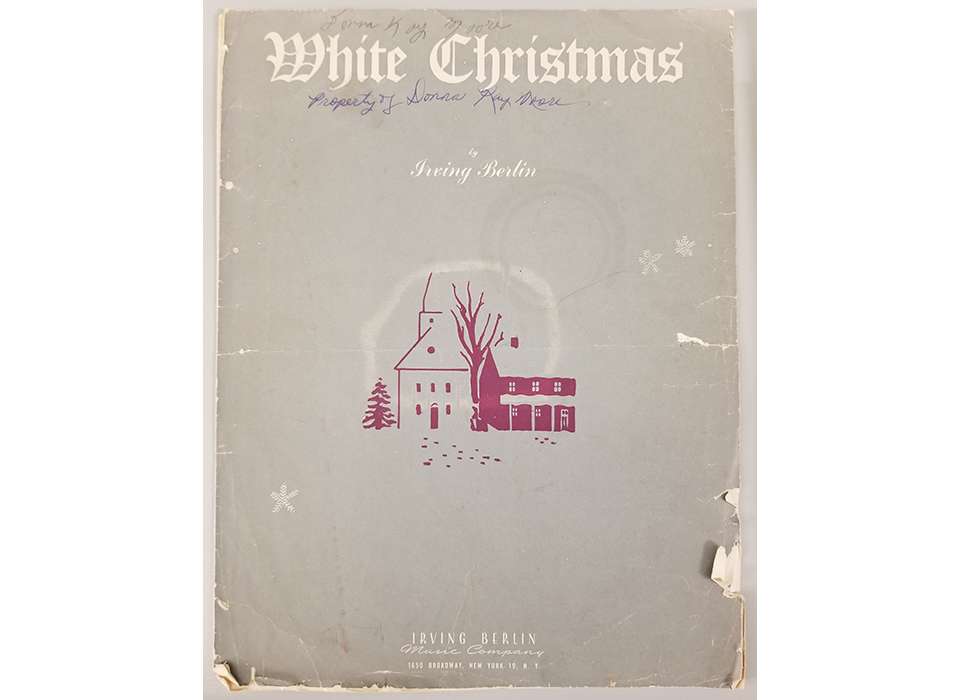
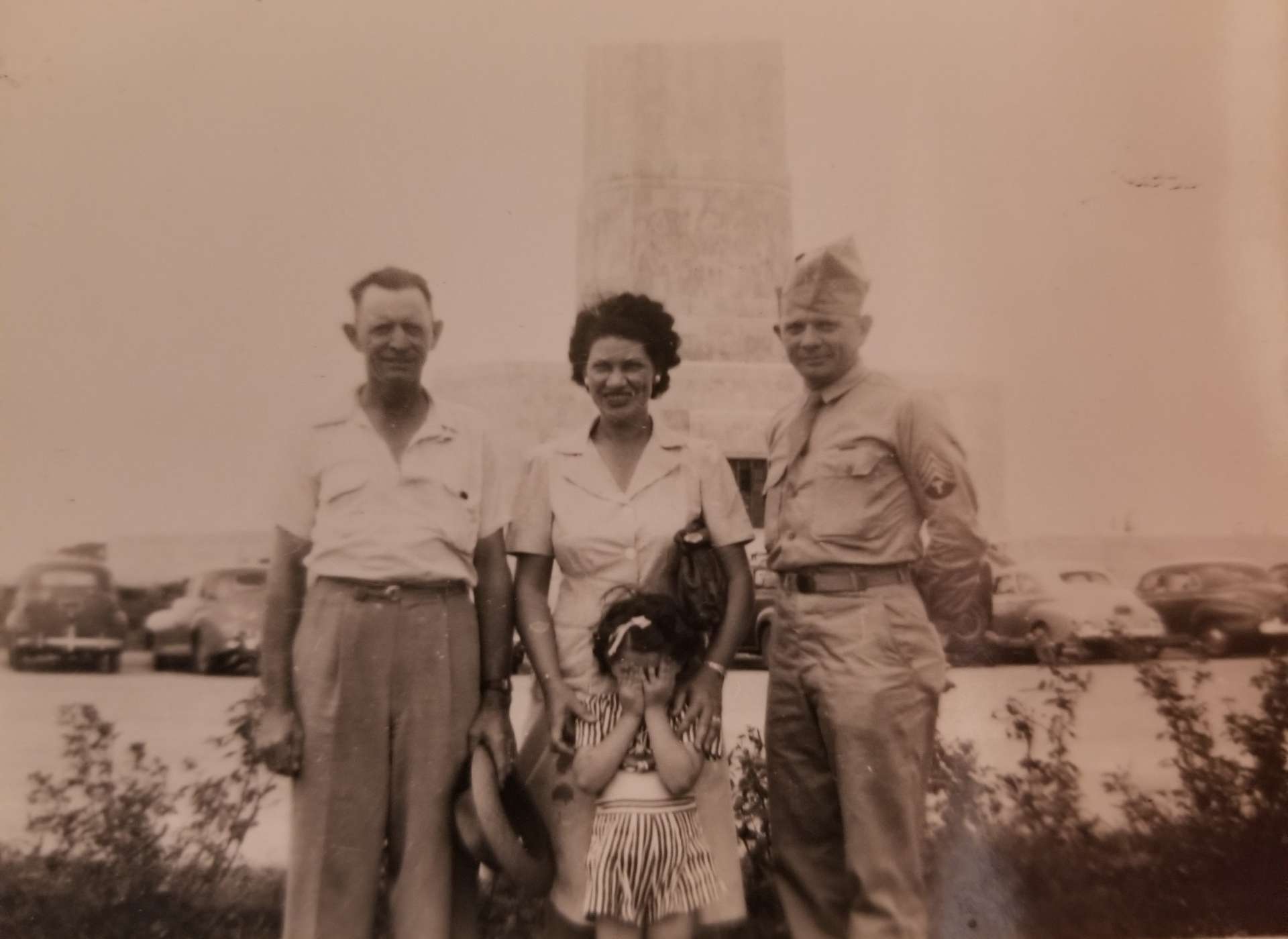
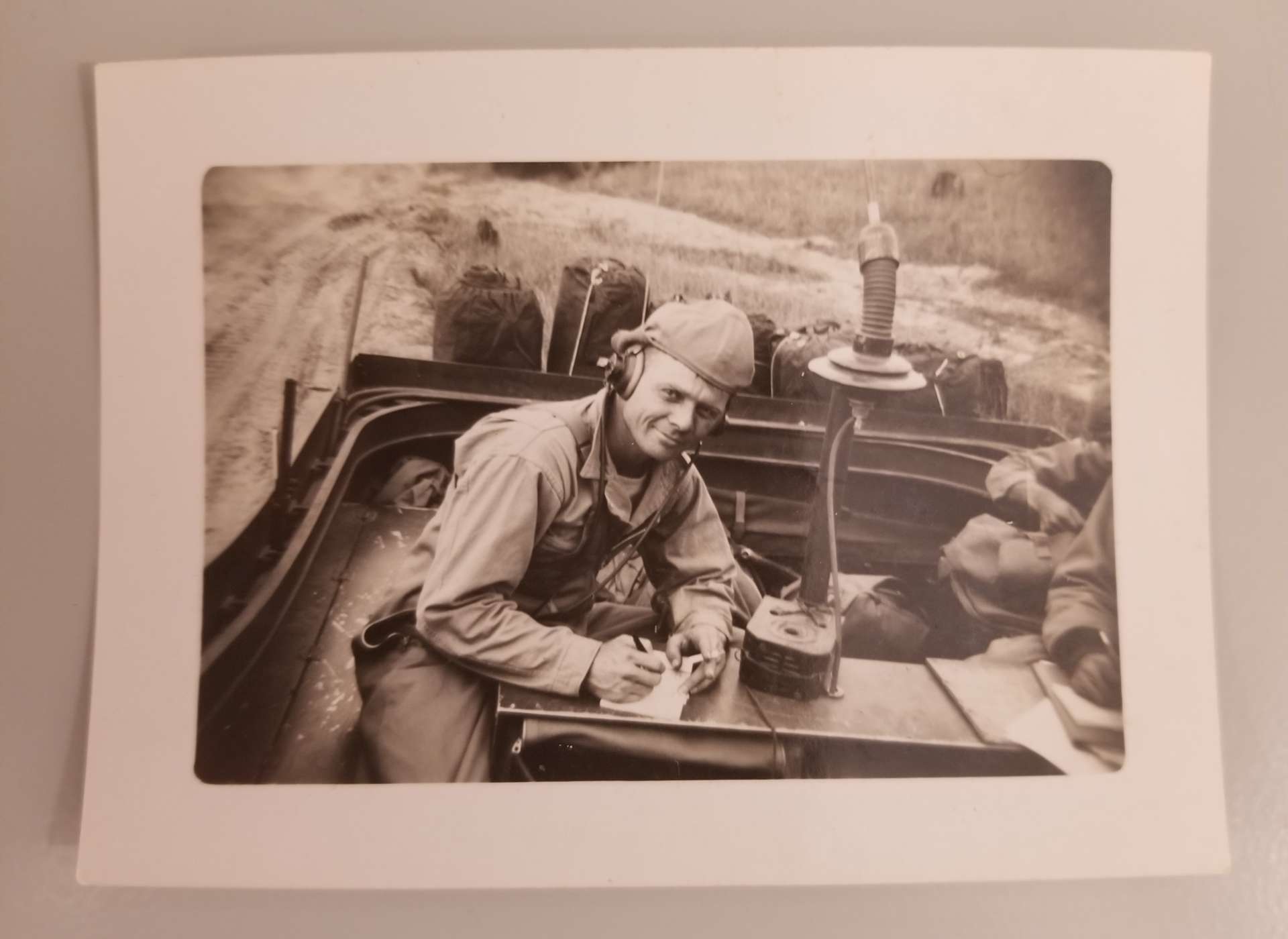
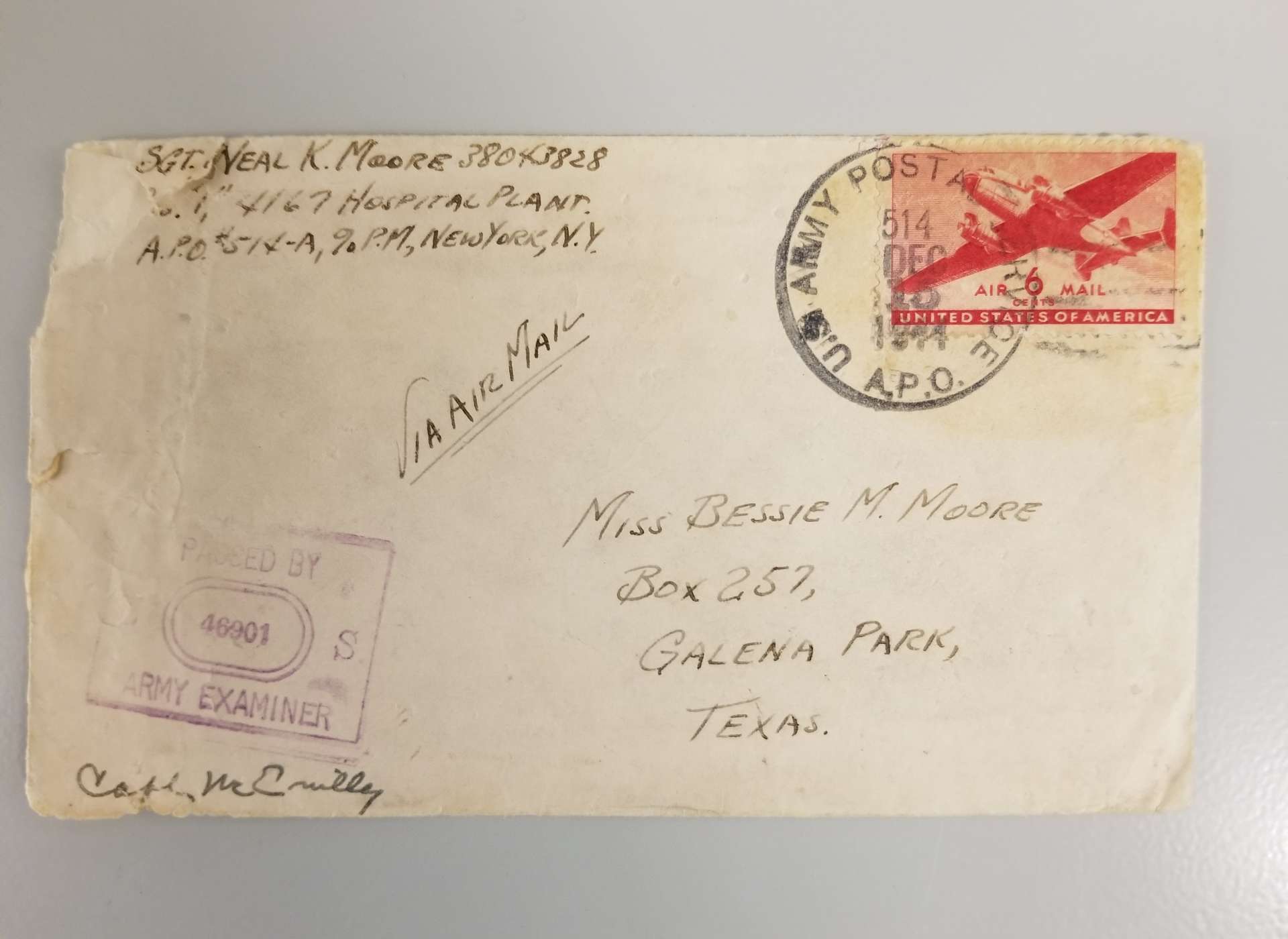
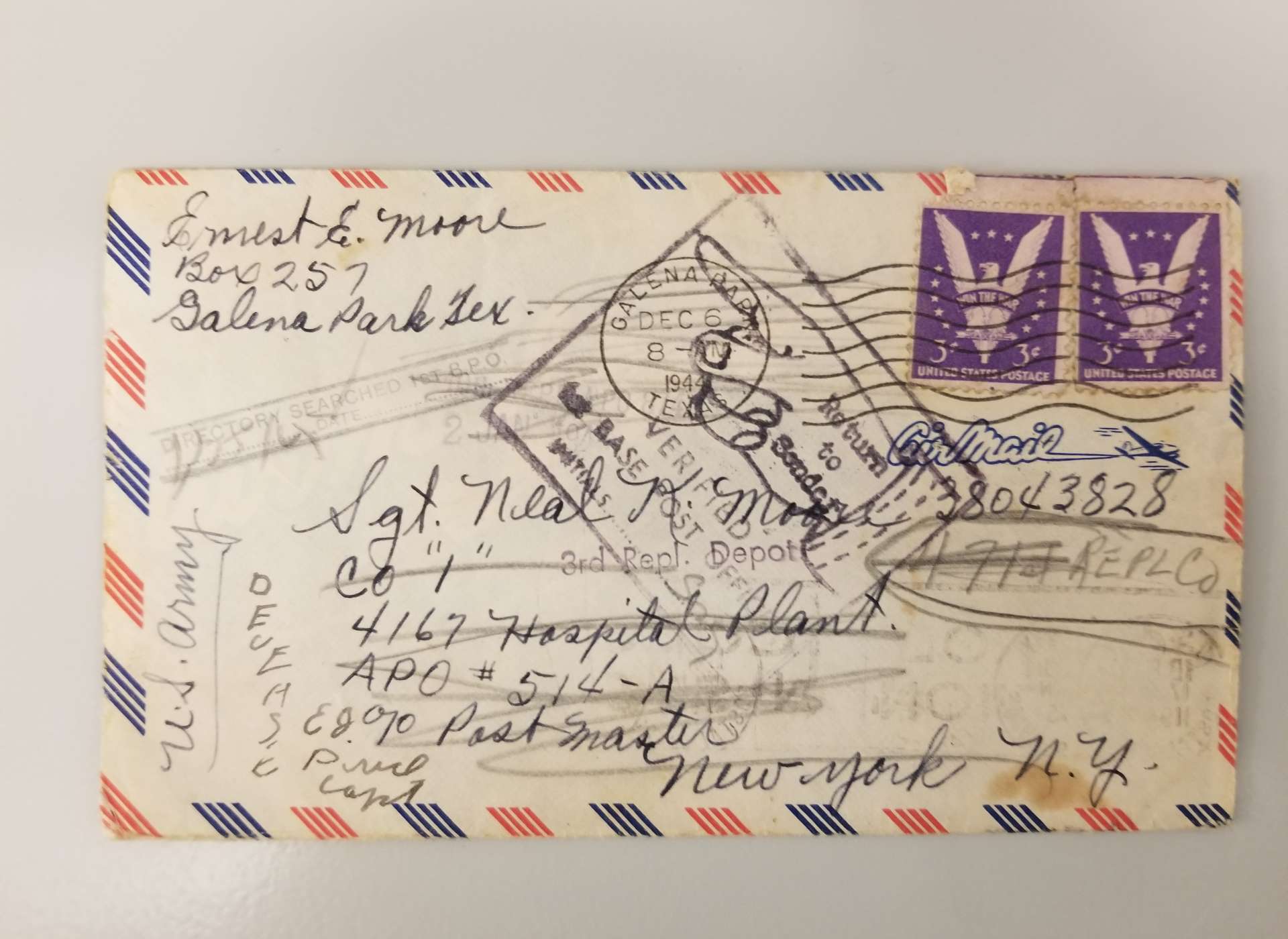
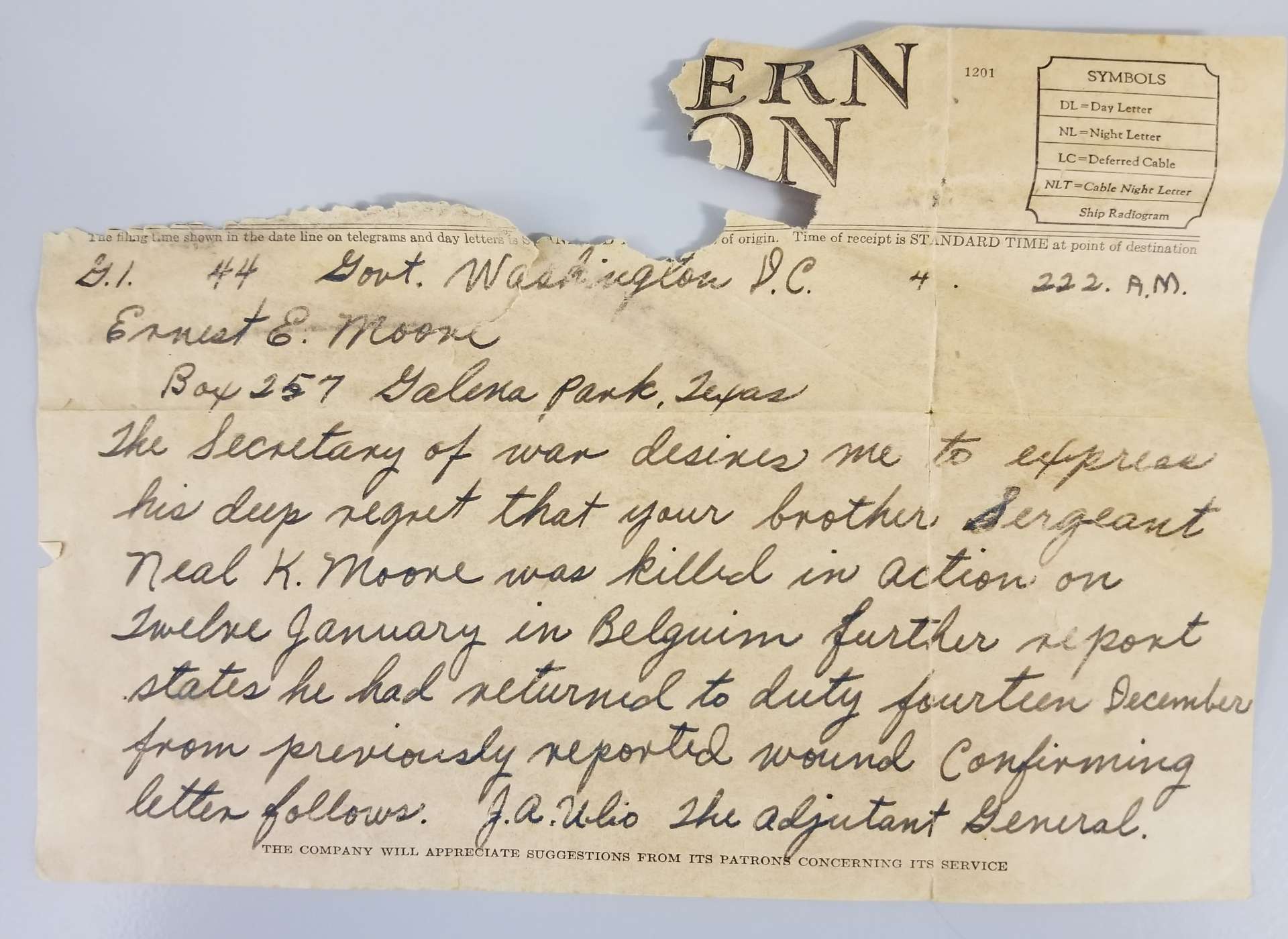



![Max Fuchs, New York City cantor, sings as Rabbi Sydney [sic] Lefkowitz, Richmond, VA, conducts the first Jewish services from Germany.](/sites/default/files/styles/max_650x650/public/2025-10/image1.jpg)





